|
By Matthew B. Shumar, Program Coordinator, Ohio Bird Conservation Initiative
The Ohio State University—School of Environment and Natural Resources The transition from September to October sees the diversity of migrating warblers start to wane, but a new wave of northern breeders—including thrushes, sparrows, and kinglets—begin to adorn our trees and shrubs. October brings peak numbers of migrant birds, and Lights Out Cleveland volunteers are busy. In the last six years since the grassroots effort began, volunteers have picked up 16,000 birds from downtown that had collided with buildings, including around 5,000 injured birds that were rehabilitated by the Lake Erie Nature & Science Center and released back into the wild.
Comments
By WCAS Board members Everyone knows the famous Army recruiting poster of Uncle Sam pointing toward the observer and declaring, “I Want You …” Now picture our bird logo, the Pileated Woodpecker, pointing toward you with an extended wing and requesting, “I Want YOU to be part of Western Cuyahoga Audubon.” Organizations, such as WCAS depend on volunteers to keep things fresh and moving forward. New ideas, new suggestions, new faces, new perspectives are just part of making WCAS a chapter that is innovative and at the forefront of bird and bird habitat conservation, educating about birds, and advocating for the places that birds and people need. Just a couple of hours a month … or less, from each chapter member can make a world of difference. That’s what WCAS needs to be doing - making a world of difference. So how can you help?
As you can imagine, the 2022 mating season is well underway. Here is the status of our 5 nest boxes at Lewis Road Riding ring as of July 7 One way to help the environment, ensure your plants thrive, and help Western Cuyahoga Audubon’s fundraising efforts, is to purchase Tilth Soil. After a successful 2021 debut, the Lewis Road Riding Ring Bluebird Trail is ready for the 2022 nesting season. 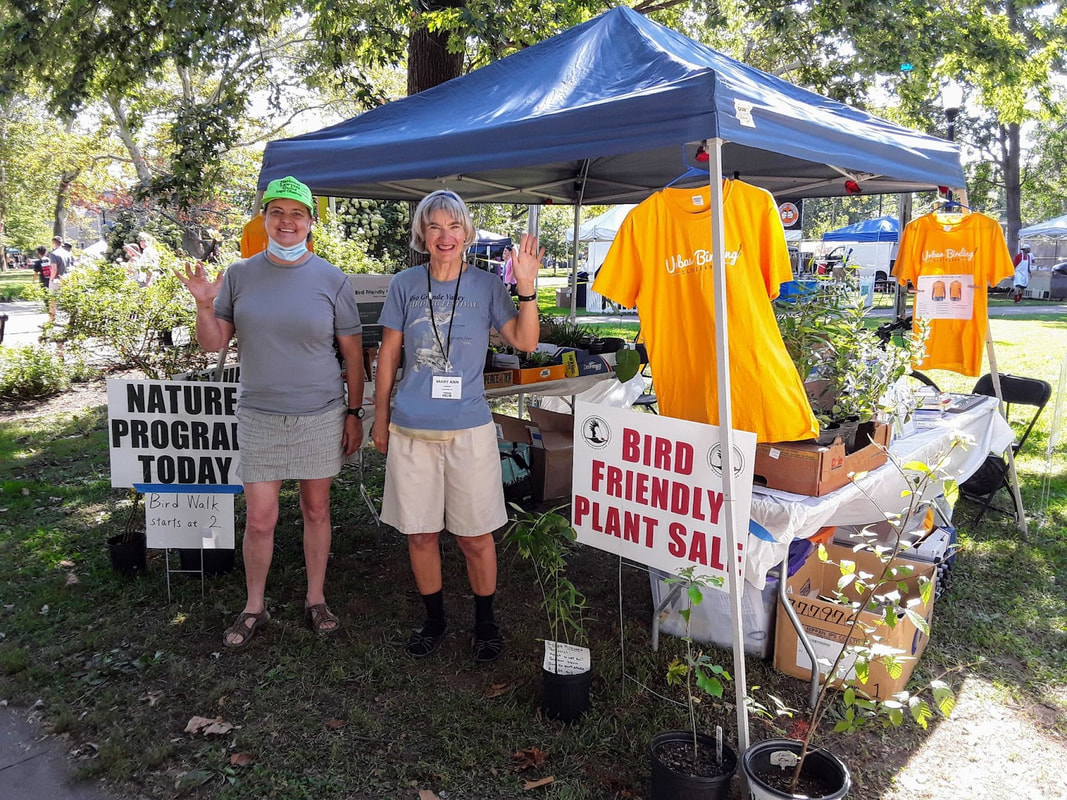 WCAS volunteers at a native plant sale WCAS volunteers at a native plant sale Please contact us at [email protected] if you'd like to volunteer with us! National Audubon Society estimates that one million shorebirds die every year as a result of marine debris with over 300,000 of those deaths attributed to discarded fishing lines and hooks. The Ohio Division of Wildlife is lifting its previous recommendation to stop feeding birds. However, caution and vigilance are always necessary to help prevent further spread of diseases at bird feeders. November can truly be a month of extremes with lingering warm days as well as the first frosts and flurries of the pending winter. The colorful leaves of early autumn are replaced by naked trees stripped by the gales of November that can rock our world. But change is what keeps our natural world exciting. Yes my friends, October is here in Cleveland and it's one of my favorite months. The Dog Days are disappearing and we can finally open our windows again to let some of that deliciously cool night air in! And speaking of night, take some time to step outdoors where it's quiet and listen...the sky is full of birds! A new “kid” has arrived in Cleveland …not a person, but an insect called the Spotted Lanternfly. While it is pretty looking and while Northeast Ohio generally welcomes newcomers, this one is definitely not one to welcome. During August along the Towpath Trail, we are blessed with our summertime resident birds such as Indigo Buntings, Red-winged Blackbirds, American Goldfinch, Gray Catbirds, Northern Mockingbirds, Song Sparrows and more. Those of you with keen ears will start noticing the distinctive "movement" calls of our many Yellow Warblers, mostly young birds that are already thinking about migration. On the morning of Thursday, July 15th, specially trained staff from the Great Lakes Piping Plover Conservation Team, under the direction of the U.S. Fish & Wildlife Service, came to Maumee Bay State Park to band the four 14-day old chicks. Assisted by Black Swamp Bird Observatory staff the banding process was completed efficiently in less than twenty minutes. The male Prairie Warbler is bright and attractive with its olive and yellow colors. It has reddish streaks on its olive back. A black eye stripe and bold black arc under the eye highlights its yellow eyebrow and cheek. The throat is bright yellow and black stripes accent its sides. This species often pumps its long tail which has white outer feathers. Meeting people, sharing memories and exchanging ideas about birds, birding and conservation activities are not only interesting but also important to take over all the beautiful things we have on the earth for future generations, I believe. A Chimney Swift tower was placed in Walker Road Park in February of 2021. My thanks go out to the craftsmen in the City of Bay Village service department for building the tower as well as to Bay Village City Council, Jonathan Liskovec, Director of the Public Services and Properties department and Dan Enovitch, Director of Parks and Recreation, who supported this project from the start. Birds are important indicators of changes happening in the environment. Birds seem to be getting the “one, two punch” with everything from habitat loss, pesticide use, window and building collisions, predatory cats and now there are reports of an increase in dead or visibly diseased birds along the eastern seaboard and new reports are coming from Ohio and Indiana. Since the 1980’s the Piping Plover population in the Great Lakes has increased to a high of 76 breeding pairs in 2017, with 64 nests found in 2020. It has been estimated that 500 plus pairs existed before the decline. The majority of nests among the Great Lakes now are in Michigan. Native plants are always loved by all creatures and birds eat them as food. Hummingbirds consume the nectar of Turtleheads. The fruits of Seedboxes feed birds such as White-thoated Sparrows. They also offer the benefit as a place for birds to take a rest and live. “The kids really enjoyed their time with Nancy and Margaret. They kept asking if the ‘bird’ ladies were coming back during our time today,” said Yolanda Hamilton, designer of the Black Birders Week YDH IDEA Learning Pod. “My son was eager to share what he learned yesterday. This was huge for him to be so engaged." "With the mystery of creation and evolution of species, how can any one of us find our place in it? Much may depend more on our own imaginations and our hearts, than our intellect." We made 14 masks, mainly inspired by migratory birds. We picked Black-faced Spoonbill and others nesting or wintering on Awase Tidal Flat in Okinawa. Now is the time to take steps that may not be easy - increase the birding experience with a more diverse and inclusive audience in a more equitable and just manner. All during those years, advocates, scientists, legislators, and everyday people who have improved our air, water, and land, but we can no longer have the luxury of letting George do it. Action is needed. I went to the Lewis Road Riding Ring field Saturday late afternoon, March 13th. I love the light there that time of day to photograph the bluebirds. A year ago in April I had gone and taken some photographs of the birds there as well, so I had an idea of what to expect. But I took a bunch this year and put together an album of several photos. |
Story BlogThe Feathered Flyer blog publishes human interest stories about birding and habitat conservation. After watching, ‘My Painted Trillium Quest' by Tom Fishburn, Kim Langley, WCAS Member said, “Wonderful! It was a lift just knowing that such a site exists and is being protected!”
Media LibrariesQuarterly NewsletterSTORIESPodcastsWCAS is a proud member of The Council of Ohio Audubon Chapters (COAC) and promotes chapter development by sharing the best practices, brainstorming solutions to common problems, and building relationships in workshops and retreats. Subscribe
VideosYouth
Advocacy
Clean Energy
Reporting
Awards
Volunteerism
Take ActionResourcesBlogsArchives
October 2023
Categories
All
|
EDUCATENews Blog
Monthly Speakers Field Reports Bird Walk Reports Christmas Bird Count-Lakewood Circle Media Library Newsletter Archive Education Resources STORE |
Western Cuyahoga Audubon Society
4310 Bush Avenue Cleveland, Ohio 44109 [email protected] Western Cuyahoga Audubon Society is a 501(c)(3) nonprofit organization. Your donation is tax-deductible. The tax ID number is: 34-1522665. If you prefer to mail your donation, please send your check to: Nancy Howell, Western Cuyahoga Audubon Treasurer, 19340 Fowles Rd, Middleburg Hts, OH 44130. © 2020 Western Cuyahoga Audubon Society. All rights reserved. Privacy Policy | Terms of Use | Legal | Store Shipping Rates | Site Map |

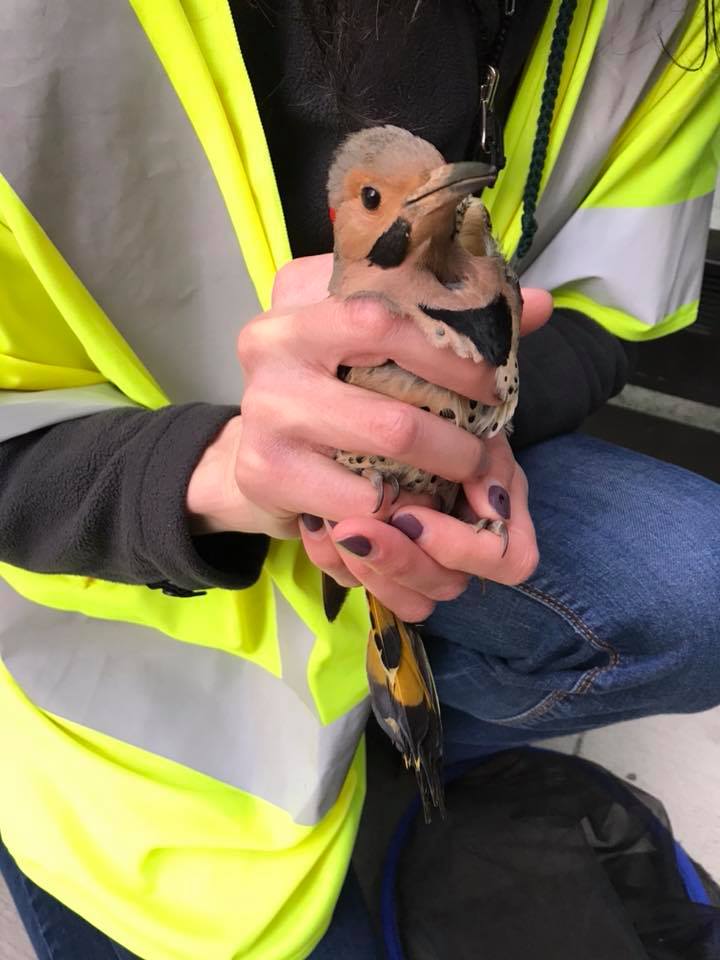
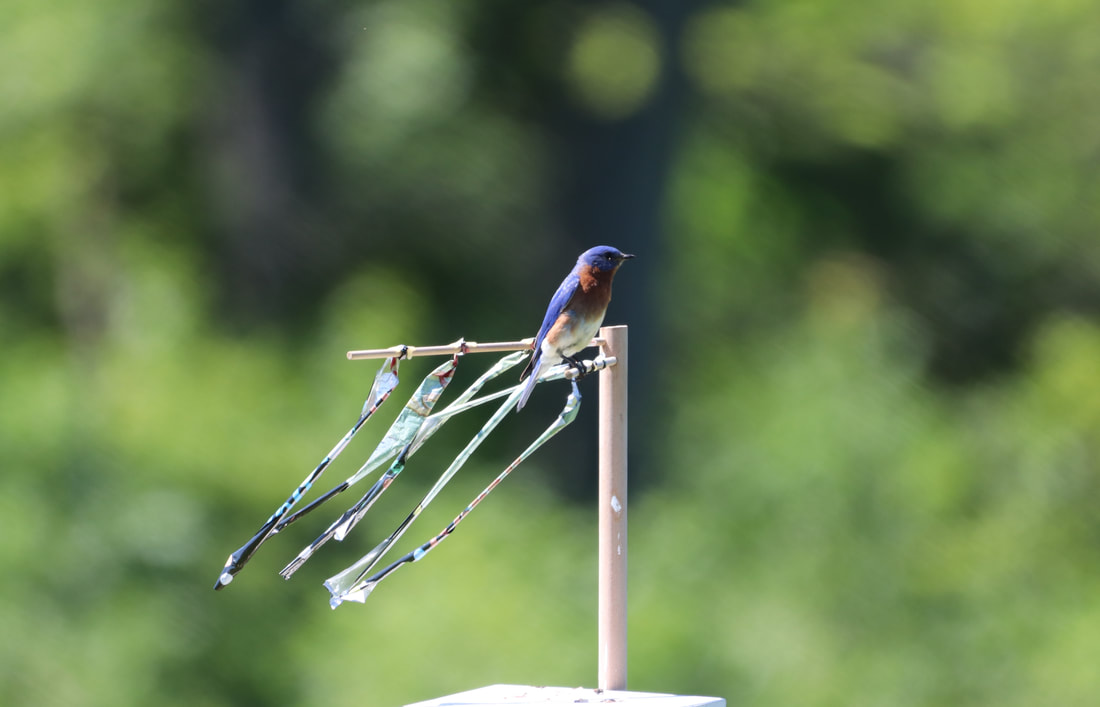
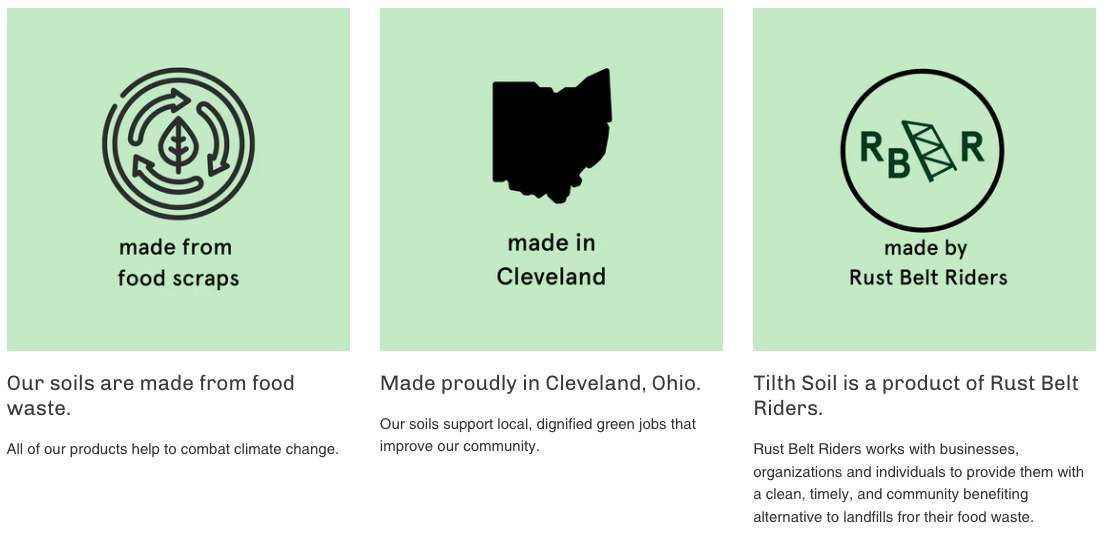
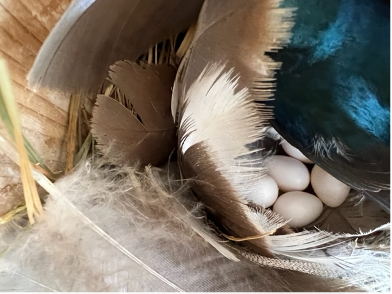
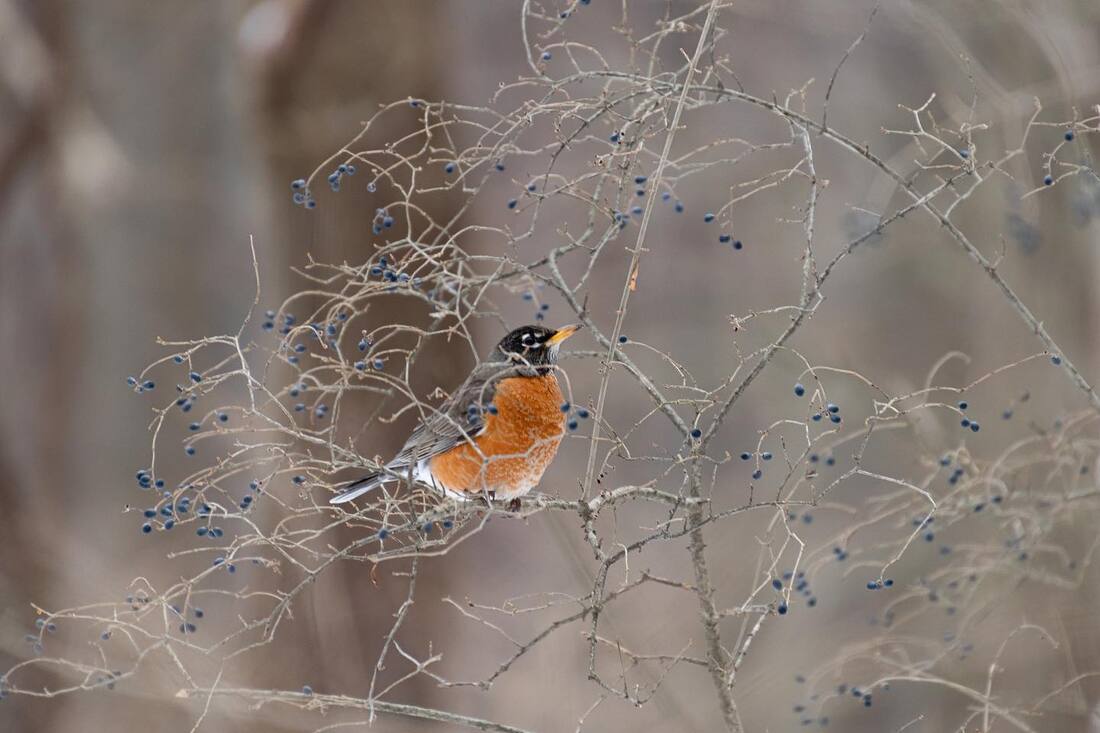
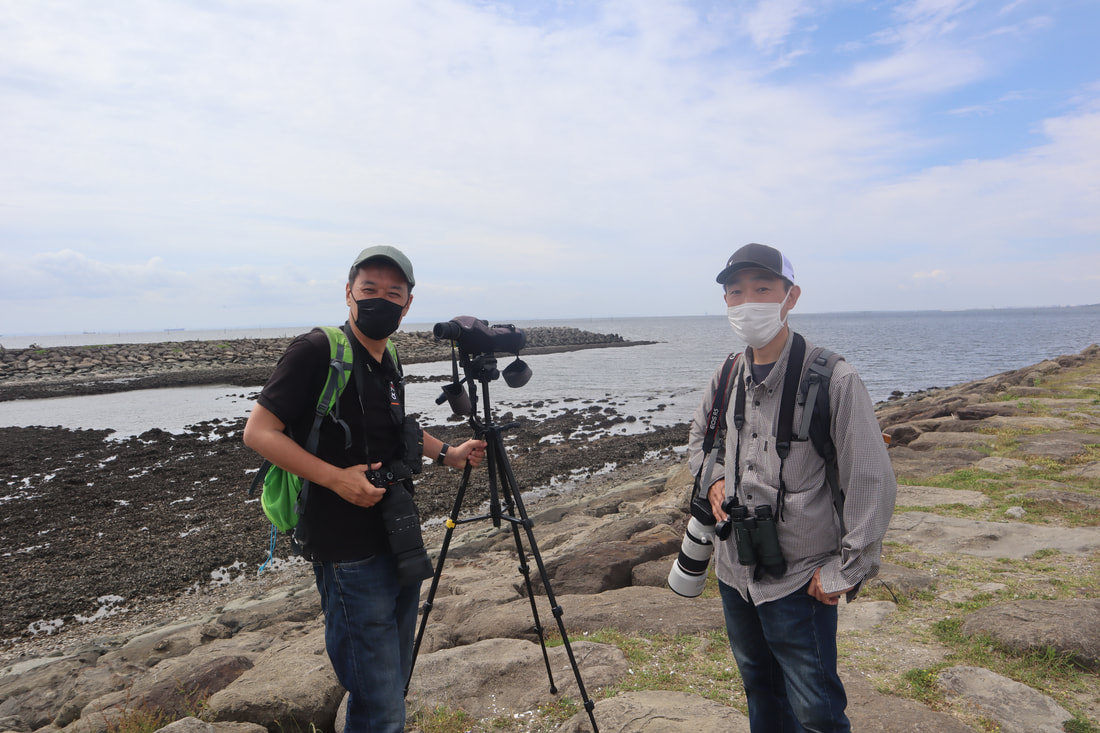
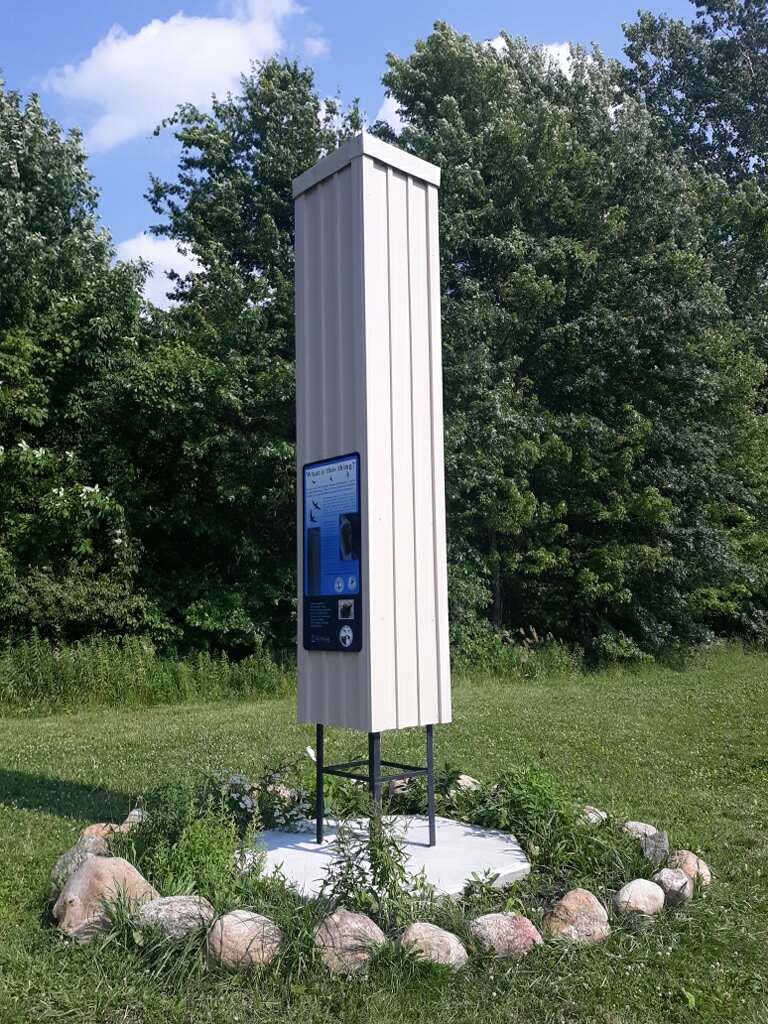
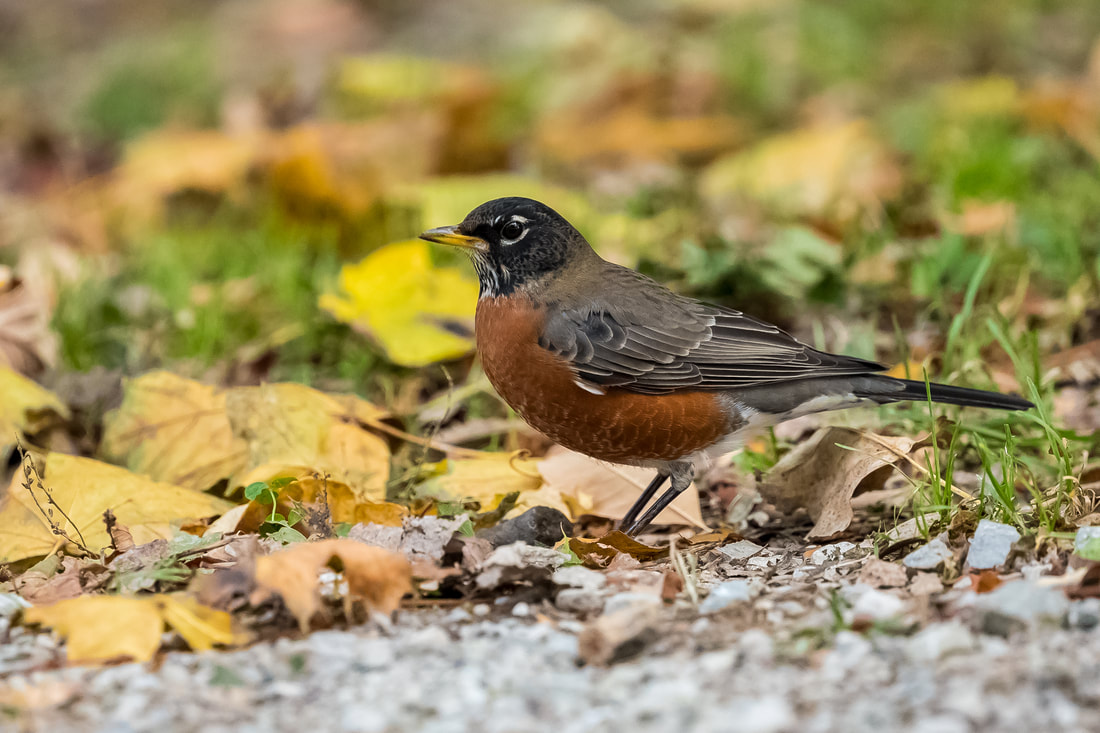
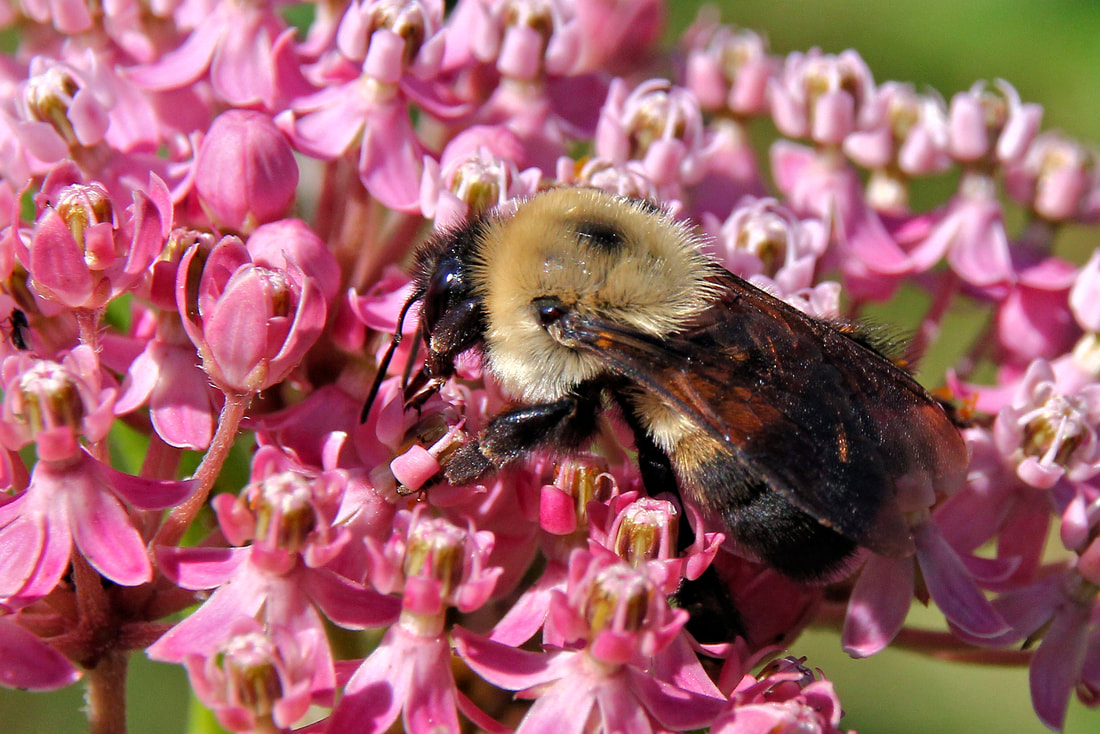
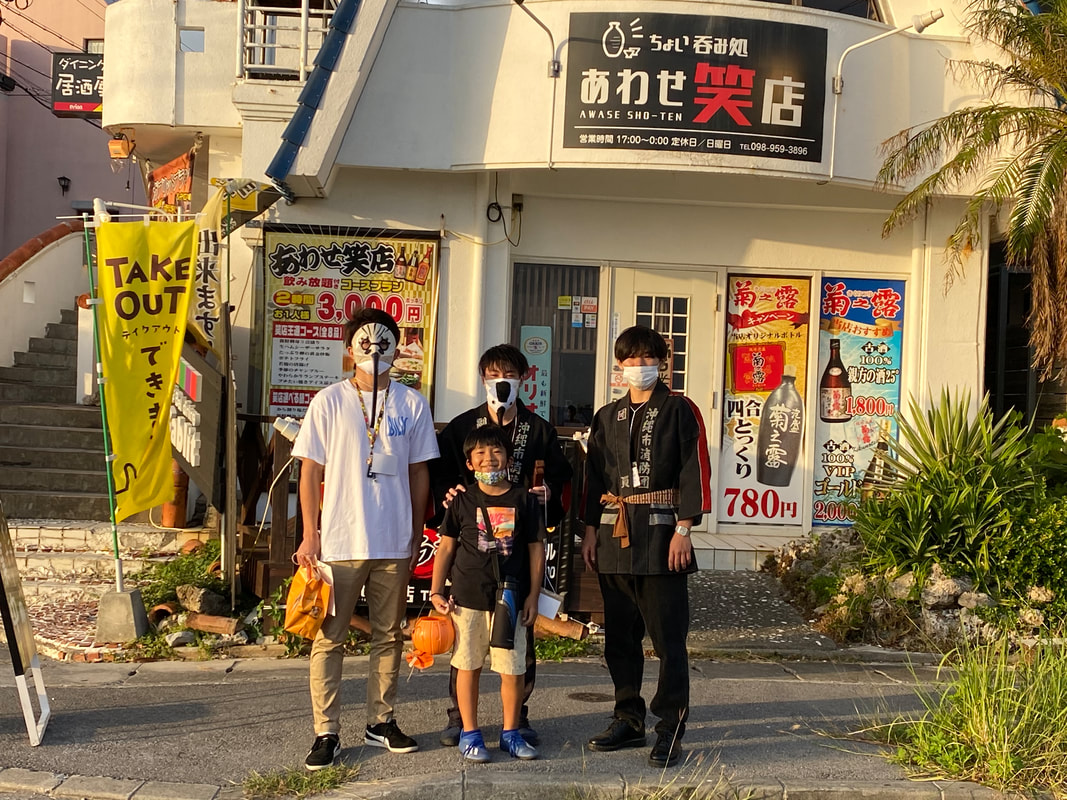






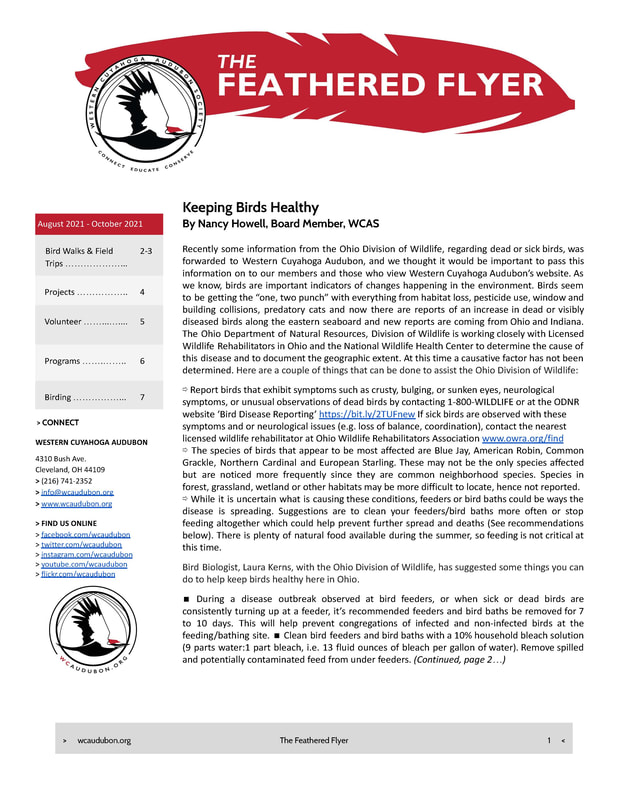
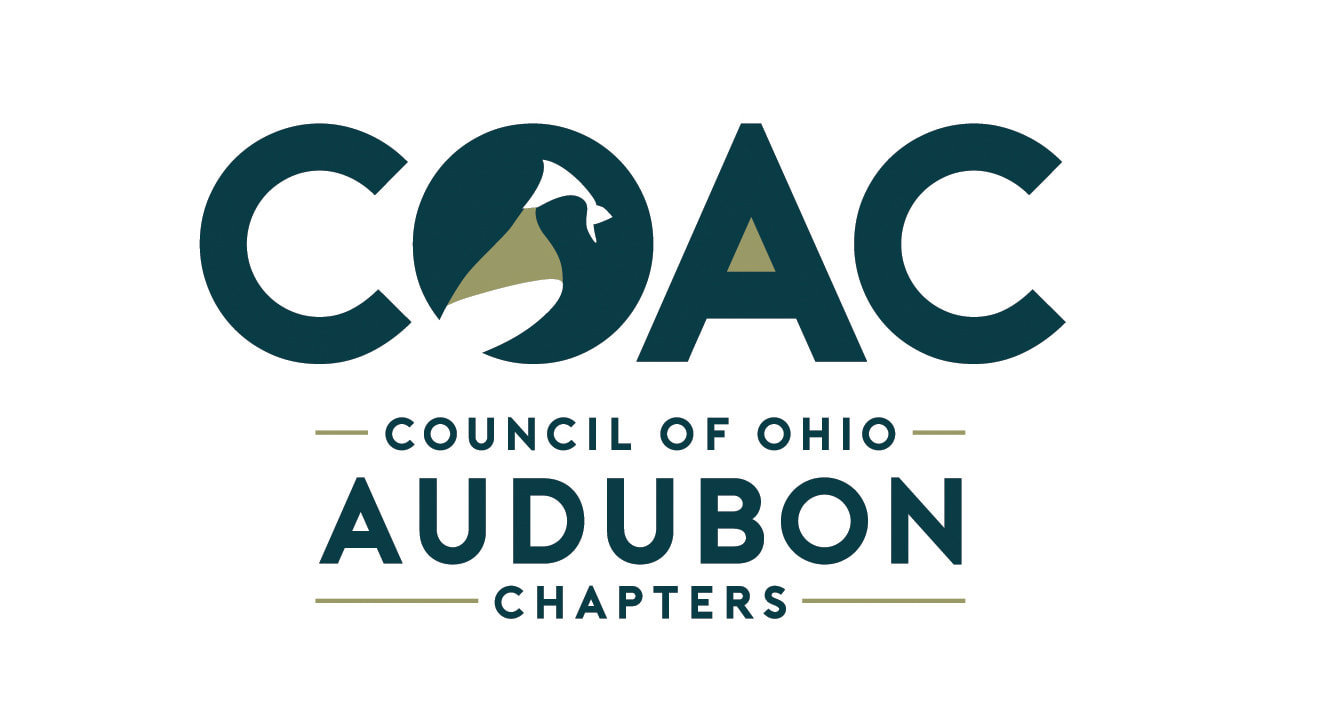
 RSS Feed
RSS Feed

